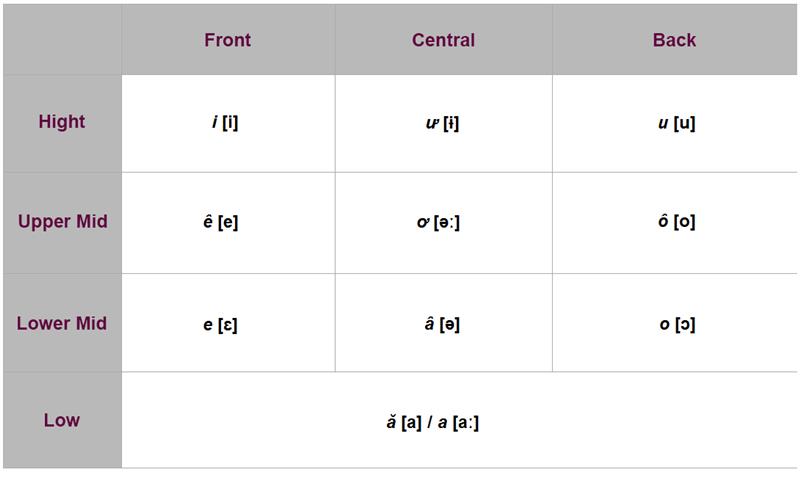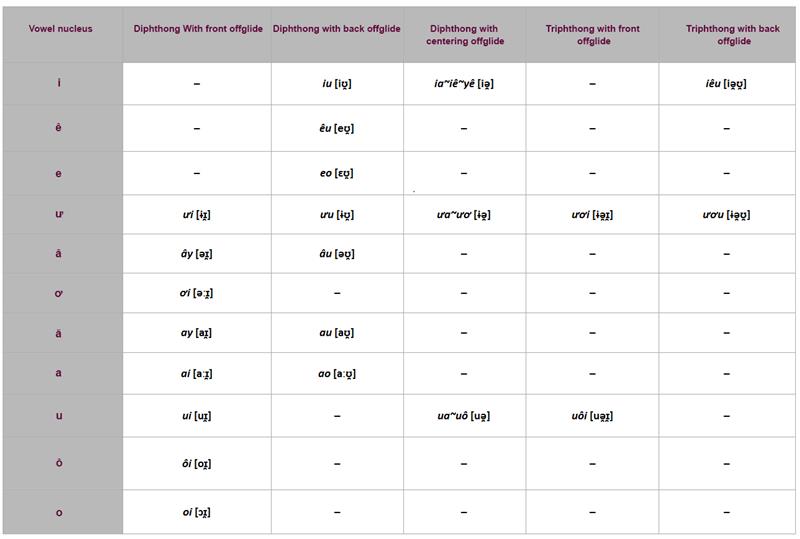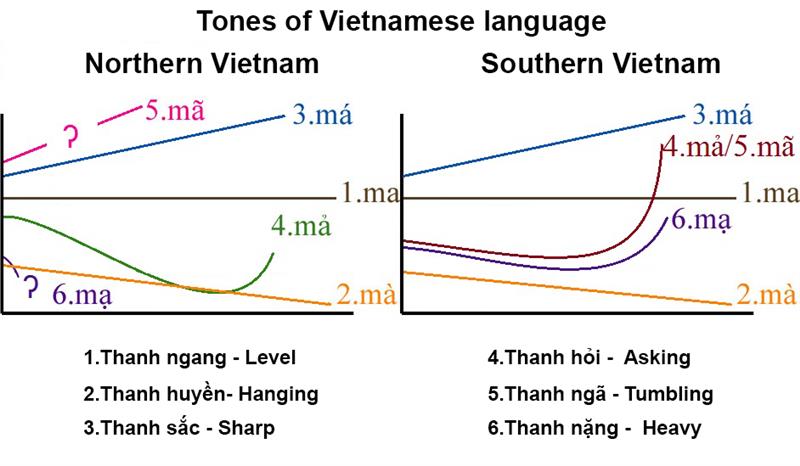In recent study, Vietnamese language originated from Viet – Muong which contains Vietnamese and Muong languages. Viet – Muong is the subdivisions of Vietic languages group, sub-branch of Austroasiatic language family. In Vietic languages group, apart from Viet – Muong language which are spoken in Son La, Thanh Hoa, and Nghe An, Nguon language is also seen as the closest language to Vietnamese language. The official language of Vietnamese people also has relation with some languages such as Chut, Pong, Ahoe, Maleng, and Thaveung which belong to Pong Chut language group. Some others believe that the Viet – Muong languages were not divided from Mon-Khmer languages, but Proto Vieto-Katuic languages, which occurred 4000 years ago. Vietnamese language is different in voices from north to south. In particular, the northern voice in Ha Noi, middle voice in Hue, and southern voice in Saigon South are three main classifications. These dialects differ from tone and local vocabulary.
Vietnam language forms from daily life, and reflects the lives in different localities in economic and cultural features. In Vietnam, there are three main Vietnamese dialects: northern dialect (Northern Vietnam), central dialect (North Central Vietnam), and south dialect (South Central and Southern Vietnam). These dialects differ mainly in phonology, vocabulary and a bit of difference in grammar. Many vocabularies in Northern Vietnam are formed based on Chinese vocabs. Meanwhile, vocabs in central and southern Vietnam originate from the geographical context. Local dialects are used in each locality to communicate. The northern dialect is used widely in national mass media. However, recently, in transportation, telecommunication and internet, northern and southern dialects have mutual understandings between them.
Like other countries in East Asia, owing to having close relation with China for thousands of years, Vietnamese lexicon is derived from Chinese, which is related to science and politics. About 30% to 60% of the lexical stock has been borrowed then naturalized from Chinese words, although many compound words are composed of native Vietnamese words combined with naturalized word borrowings. One can usually figure out the differences between a native Vietnamese word and a Chinese borrowed word if the meaning of this word does not change when its tone is shifted. Because of French occupation, Vietnamese words have included many words originated from the French language. Nowadays, there are many new words added to the lexicon of Vietnamese due to heavy cultural influences from Western countries.
In term of Vietnamese phonology, like languages of other Southeast Asian countries, Vietnamese has a relatively large number of vowels, including high, upper mid, lower mid, and low vowels; consonants, but it has distinct tones.

Front, central, and low vowels (i, ê, e, ư, â, ơ, ă, a) are unrounded, whereas the back vowels (u, ô, o) are rounded. The vowels â [ə] and ă [a] are pronounced very short, much shorter than the other vowels. Thus, ơ and â are pronounced the same except that ơ [əː] is of normal length while â [ə] is short – the same applies to the vowels long a [aː] and short ă [a]. Vietnamese is no just consists of single vowels (or monophthongs), but also diphthongs and triphthongs.


There are six tones in Vietnamese. This makes Vietnam pronunciation different from other languages.

